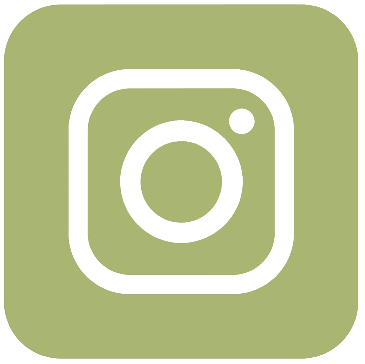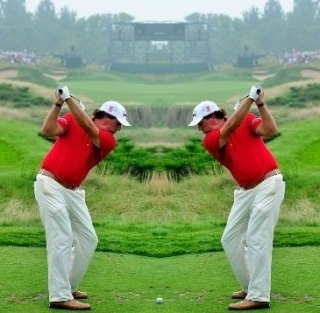How do I find the right putter for me?
The putter is probably one of the most important golf clubs in the golf bag, because it is the club that is used most often. The average amateur
golfer uses his putter 40 times on 18 holes - for professionals the average is about 30 times.
The following explains the technique of putters and the differences in putting to help you find the right putter model that best suits your own putting style and thus
save you a golf stroke or two on the green.
There are three different types of putters in terms of head shapes:
1. Blade
2. Half-Mallet
3. Mallet
You should check how centrally you hit your putter. You should always hit a blade putter in the middle of the club face, otherwise you run the risk of
twisting the putter at the moment of impact. A larger club head (half mallet or mallet) counteracts this situation.
For orientation: If there is a high risk that you will hit the ball off the centre of the club face, you should opt for a half-mallet or mallet putter.
A basic distinction is made between three swing movements in putting:
1. Straight Stroke
2. Slight Ark Stroke
3. Strong Ark Stroke
For orientation: You can easily determine your (natural) swing movement by standing (preferably with closed eyes) on a putting green, a putting
mat or at home on a carpet and swinging the putter in your normal address position. Have someone watch you and classify your movement accordingly.
Depending on your swing movement, a "face-balanced" putter or a putter with "toe hang" is the right choice for you. The terms "face-balanced"
and "toe hang" describe the weighting of the putter and support you in your swing movement or balance your swing movement.
Face balanced: Club head with balanced weighting between heel and toe
Toe hang: Weighting of the club head towards the toe
The more "toe hang" a putter has, the more it "hangs" with the tip down.
For orientation: If you balance your putter with the shaft horizontally on 1 finger, you can immediately see how your current putter is balanced/weighted.
Depending on the player, the arc that the putter makes as seen from above during the swing varies. If you swing the putter head straight back and through
the golf ball, you have a straight stroke. In this swing motion, the clubface is always square, so a "face-balanced" putter would be a good choice.
However, if your swing movement with the putter shows a strong arc, where the clubface opens or closes strongly, you rather need a putter with a "toe hang".
RB1 Half-Mallet: Best suited for a stroke with a moderate to low ark stroke
RB2 Blade: Best suited for a stroke with medium to low ark stroke *
RB3 Mallet: Best suited for a stroke with a square to square or minimal ark stroke
For orientation: The further away you stand from the golf ball when putting, the more likely you are to have a more arcing swing.
* Special feature: Our SmithWorks Blade Putter RB2 is weighted in such a way that it has only a minimal "toe hang". This makes it much more head stable
than comparable blade putters, which greatly minimises the risk of twisting the putter at impact and makes the RB2 also suitable for people with a straighter swing.
You cannot say across the board that someone with a certain height or arm length needs a putter with an inch length of xx", because your personal
address posture is particularly relevant for the length of the putter. Some people tend to stoop when putting, others tend to stand upright. The most important thing
is that you feel comfortable in your address position.
In principle, however, the following recommendations can be made regarding the length of the putter:
Length: 34" body height up to 175 cm and an upright or stooped posture
Length: 34" body height from 175 to 185 cm and a stooped posture
Length: 35" body height from 175 to 185 cm and an upright posture
Length: 35" body height over 185 cm and an upright or stooped posture
For orientation: A very precise length adjustment is not so important because the long putter grips can compensate for changes in posture and also different grip
types. If you still want to make a length adjustment, just ask your GolfPro or in the ProShop.














